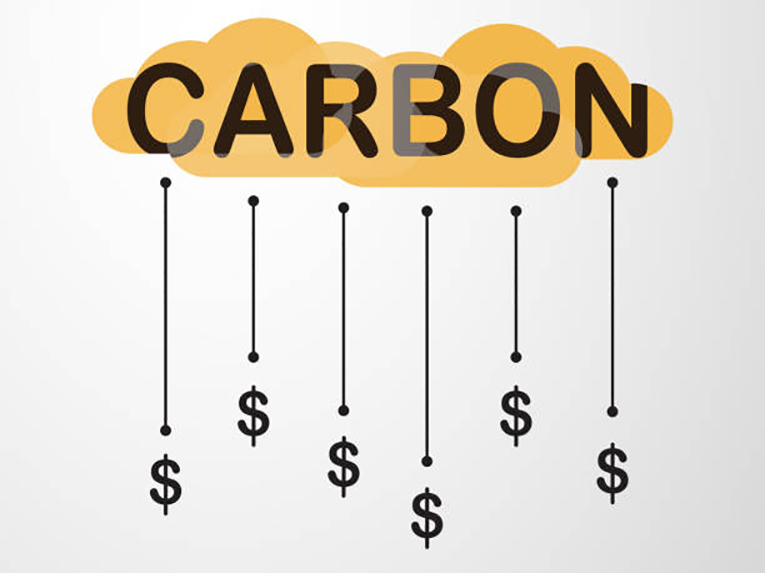The European Union’s carbon price reached an all-time high on Monday due to tighter environmental regulations. Accordingly, EU futures prices passed €61 ($83.9) in intraday trading today -doubling their levels from a year ago-, before falling back to close at €60.60 ($83.3).
Read more of our news content, here; Alberta to become a carbon capture and storage leader by 2030 – report
Worth noting, the EU compliance market, also known as the EU Emissions Trading System (EU ETS), trades in credits (allowances). Particularly, these give the owner permission to emit one ton of carbon dioxide.
Therefore, the European Union requires most larger producers (including coal power plants) to purchase enough allowances to cover their emissions.
The reasons behind this carbon price increase
In this sense, Ingvild Sorhus, lead analyst for EU carbon at Refinitiv, said via The Financial Times that “the anticipation of tight gas supplies in Europe was one factor driving up prices.” Indeed, as autumn arrives, high gas prices could mean that more coal will be needed for power and heat this winter; thus, creating greater demand for carbon allowances to cover the resulting emissions.
Similarly, Ms. Sorhus said that the recent carbon price rally resulted from a stressed gas market “because the European gas market is quite tight,” she said. Moreover, she added that “there is nervousness,” mainly Europe is heading into winter with insufficient gas supply.
In addition, Sorhus noted that the regular schedule of auctions in which new allowances are released onto the market is currently facing reductions due to holidays. Thus, fewer new carbon allowances will be available than would generally be the case.
About the EU Emissions Trading System
To provide a quick picture of the EU ETS, set up in 2005, it works on the ‘cap and trade’ principle. The union sets a cap on the total amount of certain greenhouse gases that the installations covered by the system can emit. Later, the UE reduces such a cap over time so that total emissions fall.
Within the cap, installations buy or receive emissions allowances which they can trade with one another. After each year, the installation must surrender enough allowances to cover its emissions fully; otherwise, the UE imposes heavy fines.
If an installation reduces its emissions, it can keep the spare allowances to cover its future needs. Similarly, it can sell them to another installation that is short of allowances.
Relevance
In fact, the EU’s carbon market is the largest mandatory emissions trading scheme in the world. As such, many countries see it as a bellwether for global carbon pricing. Therefore, these nations (including the US) are examining whether to introduce carbon pricing systems to curb emissions.
Noteworthy, Brussels is also considering proposals for a carbon border adjustment mechanism. Therefore, this initiative would impose a levy on certain imports from countries with no carbon pricing.


